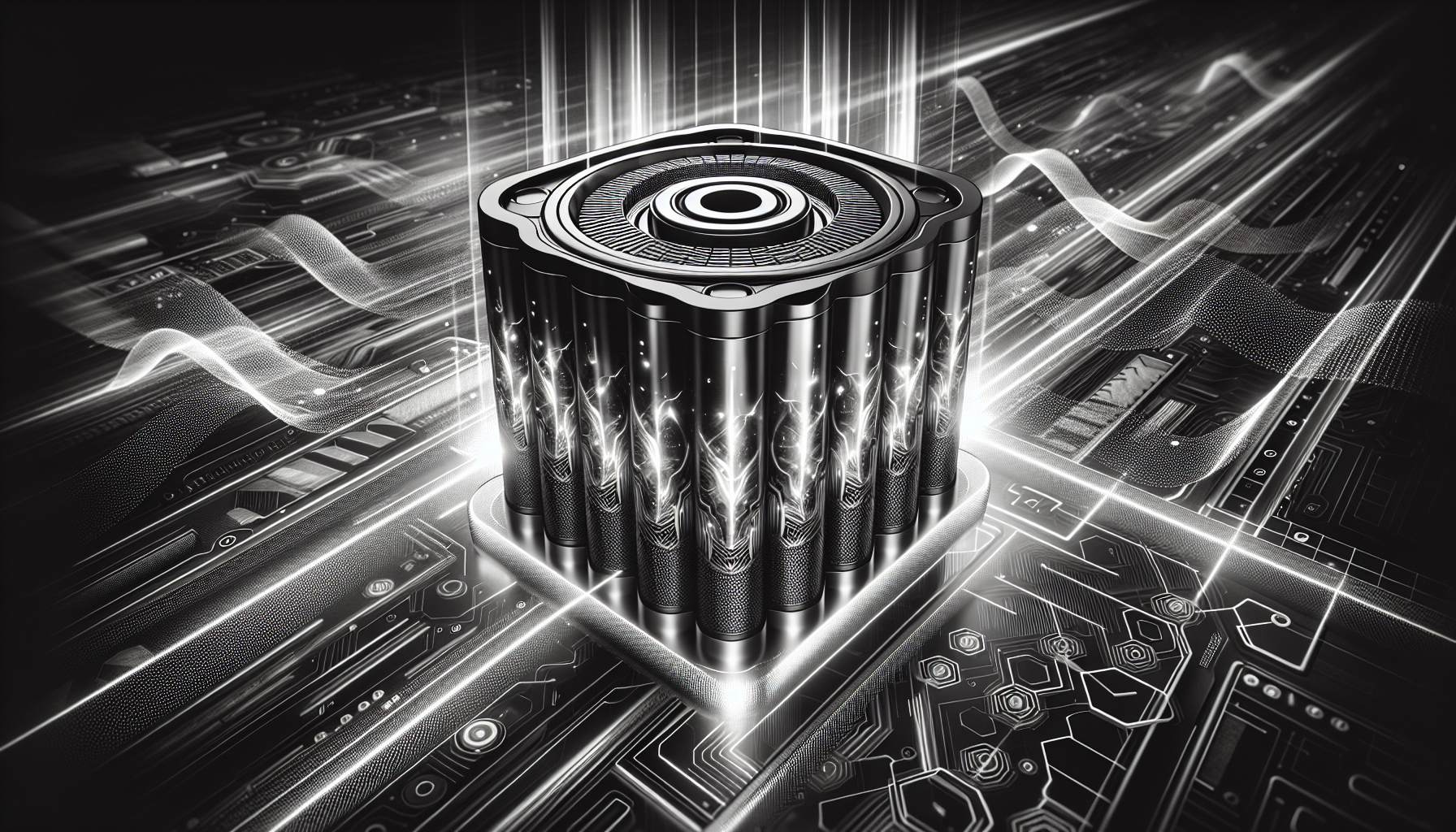The Battery Breakthrough Everyone's Been Waiting For
What if your electric car could go 30% farther on a single charge-without getting any bigger or heavier? That's the promise behind Synthia Labs' latest innovation: a 3D-printed solid-state battery that could reshape the future of energy storage.
Unveiled on April 12, 2025, the Synthia Core battery delivers 450 watt-hours per kilogram, a significant leap from the 350 Wh/kg benchmark of today's best lithium-ion cells. This isn't just a marginal improvement. It's a potential turning point for electric vehicles, portable electronics, and even grid storage.
How 3D Printing Changed the Game
At the heart of this breakthrough is a proprietary 3D-printing process that allows Synthia Labs to build batteries from the inside out. Traditional batteries are layered and assembled in a relatively rigid format. Synthia's method prints complex, interwoven electrode structures that optimize ion flow and maximize surface area-two key factors in boosting energy density.
Think of it like replacing a flat sponge with a dense, intricately folded one. More surface area means more room for energy to be stored and transferred efficiently. The result? A battery that not only stores more power but also charges faster and lasts longer.
Durability Meets Efficiency
Independent testing by EnergyTech Solutions confirmed that the Synthia Core retains 90% of its capacity after 1,000 charge cycles. That's a strong indicator of long-term durability, especially for EVs where battery degradation is a major concern.
But performance isn't the only win. The 3D-printing process also cuts production costs by 15%. By reducing material waste and eliminating several traditional manufacturing steps, Synthia Labs has created a battery that's not just better-but cheaper to make.
Why This Matters Now
The timing couldn't be better. The global electric vehicle market is projected to hit $1.2 trillion by 2030. As demand surges, so does the need for better batteries. Range anxiety, charging time, and cost remain the top barriers to EV adoption. A battery that addresses all three could be the catalyst the industry needs.
Dr. Elena Martinez, CEO of Synthia Labs, called the development "a game-changer for industries reliant on compact, high-performance energy solutions." And she's not alone in her optimism. Industry analyst Sarah Lin from TechTrend Insights believes this could be the beginning of a major shift, comparing it to the way 3D printing revolutionized aerospace manufacturing.
Not Everyone's Convinced
Still, some experts urge caution. Dr. James Carter, a battery researcher at MIT, pointed out that lab success doesn't always translate to mass production. "Scaling 3D-printed batteries to millions of units with consistent quality is a massive challenge," he said.
It's a fair point. Battery manufacturing is notoriously complex, and even small inconsistencies can lead to performance issues or safety concerns. But Synthia Labs seems prepared. The company has secured $120 million in funding from GreenTech Ventures and other investors to expand its facilities and begin pilot programs with EV manufacturers in Q3 2025.
What Comes Next?
Commercial production is slated for mid-2026. If all goes according to plan, the Synthia Core could be powering electric vehicles, drones, and high-end consumer electronics within the next two years. The implications are vast-not just for transportation, but for how we think about energy storage in general.
Imagine smartphones that last days on a single charge. Or home batteries that store solar energy more efficiently. Or electric trucks that can haul longer distances without stopping. These aren't distant dreams-they're now within reach.
In a world racing toward electrification, the Synthia Core might just be the spark that lights the way forward.
